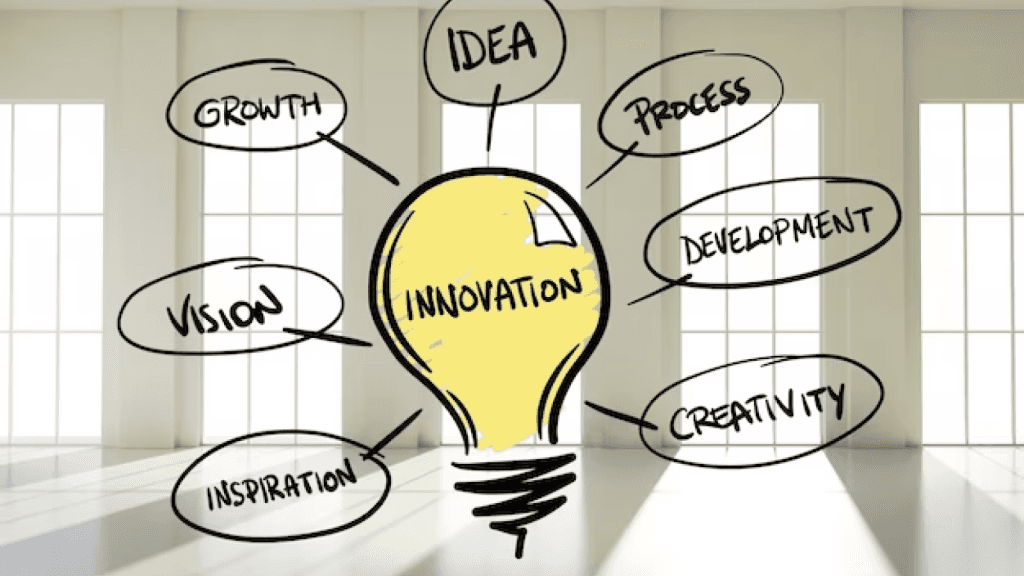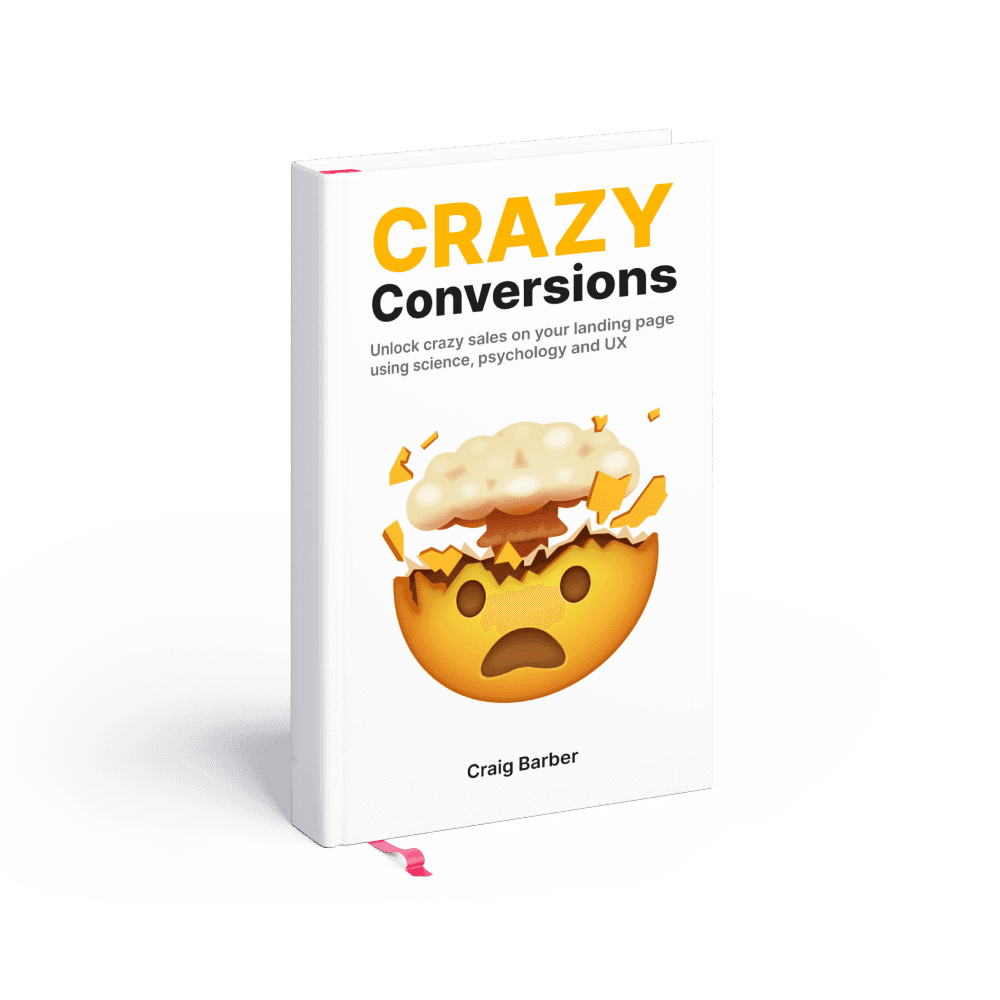Design Thinking: The Ultimate Guide for UX Designers
Empathy, iteration, and innovation—discover the power of design thinking in UX design with our comprehensive guide
Welcome, UX designers, to the exciting world of Design Thinking!
In this blog post, we'll explore the fundamentals of Design Thinking, its importance in UX design, and provide examples of how it can be applied.
We'll also discuss the essential tools and methods that UX designers use during the Design Thinking process.
Let's get to it!
What is Design Thinking?

Design Thinking is a human-centered approach to problem-solving and innovation. It places the needs and desires of users at the forefront of the design process, ensuring that the resulting solutions are not only functional but also empathetic and delightful.
By applying Design Thinking, designers can uncover unique insights, challenge assumptions, and create exceptional experiences.
A video explainer on Design Thinking:
Why do we need Design Thinking?

Design Thinking is crucial because it allows UX designers to gain a deep understanding of their users.
It encourages a shift from assumptions and guesswork to evidence-based decision-making.
By empathizing with users, designers can identify pain points, uncover hidden needs, and craft solutions that truly resonate with their target audience.
Design Thinking also fosters collaboration, enabling multidisciplinary teams to work together seamlessly, resulting in innovative and successful products.
Examples of Design Thinking in Action

Airbnb
In its early stages, Airbnb faced the challenge of building trust between hosts and guests. By adopting a Design Thinking approach, they conducted extensive user research, identified pain points, and iterated their platform based on user feedback. This led to the introduction of features like verified profiles, secure payments, and user reviews, creating a reliable and trustworthy community.
Apple
Apple's success is deeply rooted in Design Thinking. From the intuitive user interface of the iPhone to the seamless integration of hardware and software, Apple prioritizes user experience. By consistently empathizing with their customers and focusing on their desires, Apple has created innovative and beautifully designed products that people love.
A Step-by-step Guide for Conducting Design Thinking

Here's a step-by-step guide on how to conduct Design Thinking:
Step 1: Empathize
Start by understanding your users and their needs. Conduct interviews, observations, and surveys to gather insights into their behaviors, motivations, and pain points. Empathy is key to uncovering valuable insights that will guide the design process.
Step 2: Define
Based on the insights gathered, define the problem statement or the design challenge you aim to address. Clearly articulate the problem to ensure a focused and targeted approach.
Step 3: Ideate
Generate a wide range of ideas and potential solutions. Encourage a free-flowing brainstorming session where all ideas are welcome. Use techniques like mind mapping, brainwriting, or storyboarding to explore different possibilities.
Step 4: Prototype
Select the most promising ideas from the ideation phase and create low-fidelity prototypes. These can be sketches, paper mock-ups, or digital wireframes. The goal is to quickly visualize and bring your ideas to life in a tangible form.
Step 5: Test
Gather feedback on your prototypes by testing them with real users. Observe their interactions, listen to their thoughts, and ask for their input. This step is crucial for validating assumptions, identifying usability issues, and refining your designs.
Step 6: Iterate
Based on the feedback received, make iterative improvements to your prototypes. Refine and adjust your designs to address the pain points and incorporate the suggestions gathered during testing. Repeat the prototyping and testing process as needed.
Step 7: Implement
Once you have iterated and refined your design based on user feedback, it's time to move towards implementation. Work closely with developers, engineers, and other stakeholders to bring your designs to life. Maintain open lines of communication to ensure a smooth transition from prototype to the final product.
Step 8: Evaluate
After the product has been implemented, evaluate its performance and gather user feedback in real-world scenarios. This evaluation will help you assess the success of your design and identify areas for further improvement.
Step 9: Iterate (Again!)
Design Thinking is an iterative process, so don't stop at the first implementation. Continuously gather user feedback, conduct evaluations, and iterate on your design to enhance the user experience and address emerging needs.
Step 10: Repeat for Continuous Improvement
Design Thinking is not a one-time activity. It is an ongoing process of iteration and improvement. Repeat these steps for new features, products, or challenges to ensure a user-centric and innovative design approach.
Remember, Design Thinking is a flexible framework, and the steps may be adapted to suit your specific project or context. The key is to embrace empathy, collaboration, and iteration throughout the process to create truly impactful and user-centered designs.
Tools and Methods for UX Designers in Design Thinking

Empathy Mapping
This tool helps designers understand users' thoughts, feelings, and behaviors. By creating a visual representation of users' experiences, desires, and pain points, designers can gain deep empathy and uncover valuable insights.
User Journey Mapping
Mapping the user's journey helps identify touchpoints and pain points throughout the user's interaction with a product or service. This method helps designers empathize with the user's emotions, understand their motivations, and find opportunities for improvement.
Prototyping and Testing
Designers use prototyping tools like Sketch, Figma, or InVision to quickly create interactive mockups. These prototypes are then tested with real users to gather feedback, iterate, and refine the design.
Frequently Asked Questions about Design Thinking in Digital Product Design

Is Design Thinking only suitable for specific industries or projects?
No, Design Thinking can be applied to various industries and projects. It's a versatile approach that can unlock innovation in digital products, services, physical products, and even organizational processes.
How does Design Thinking differ from other design methodologies?
Design Thinking focuses on understanding users and their needs, whereas other methodologies may prioritize technical or business requirements. Design Thinking emphasizes empathy, collaboration, and iterative problem-solving.
Can Design Thinking be used in a solo design process?
Absolutely! While collaboration enhances the Design Thinking process, individual designers can still apply its principles by immersing themselves in the users' context, conducting research, and iterating on their designs based on user feedback.
Conclusion
Design Thinking is a powerful framework that empowers UX designers to create exceptional experiences.
By adopting a human-centered approach, understanding user needs, and leveraging the right tools and methods, designers can unlock innovation, foster collaboration, and build products that truly resonate with users.
So, embrace Design Thinking and embark on your journey to create meaningful and delightful user experiences!
Remember, the key is to listen, empathize, iterate, and delight your users every step of the way.
Boost sales in 30 days or your money back
Introducing Crazy Conversions, the powerful playbook helping founders unlock sales on their landing page
Boost my sales now $29

5/5 stars on Gumroad





